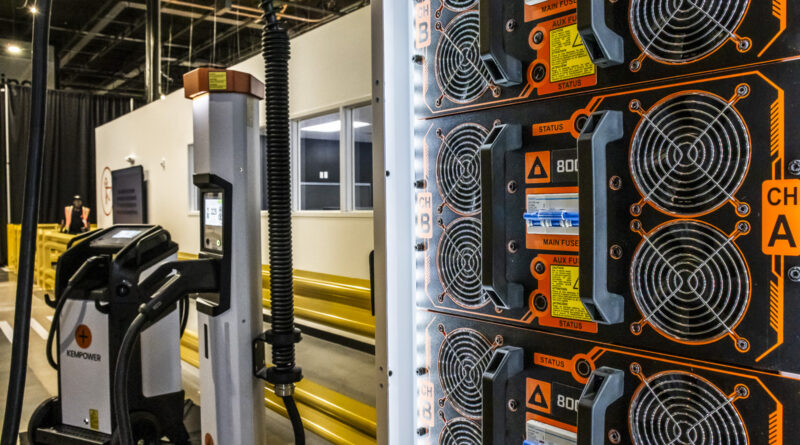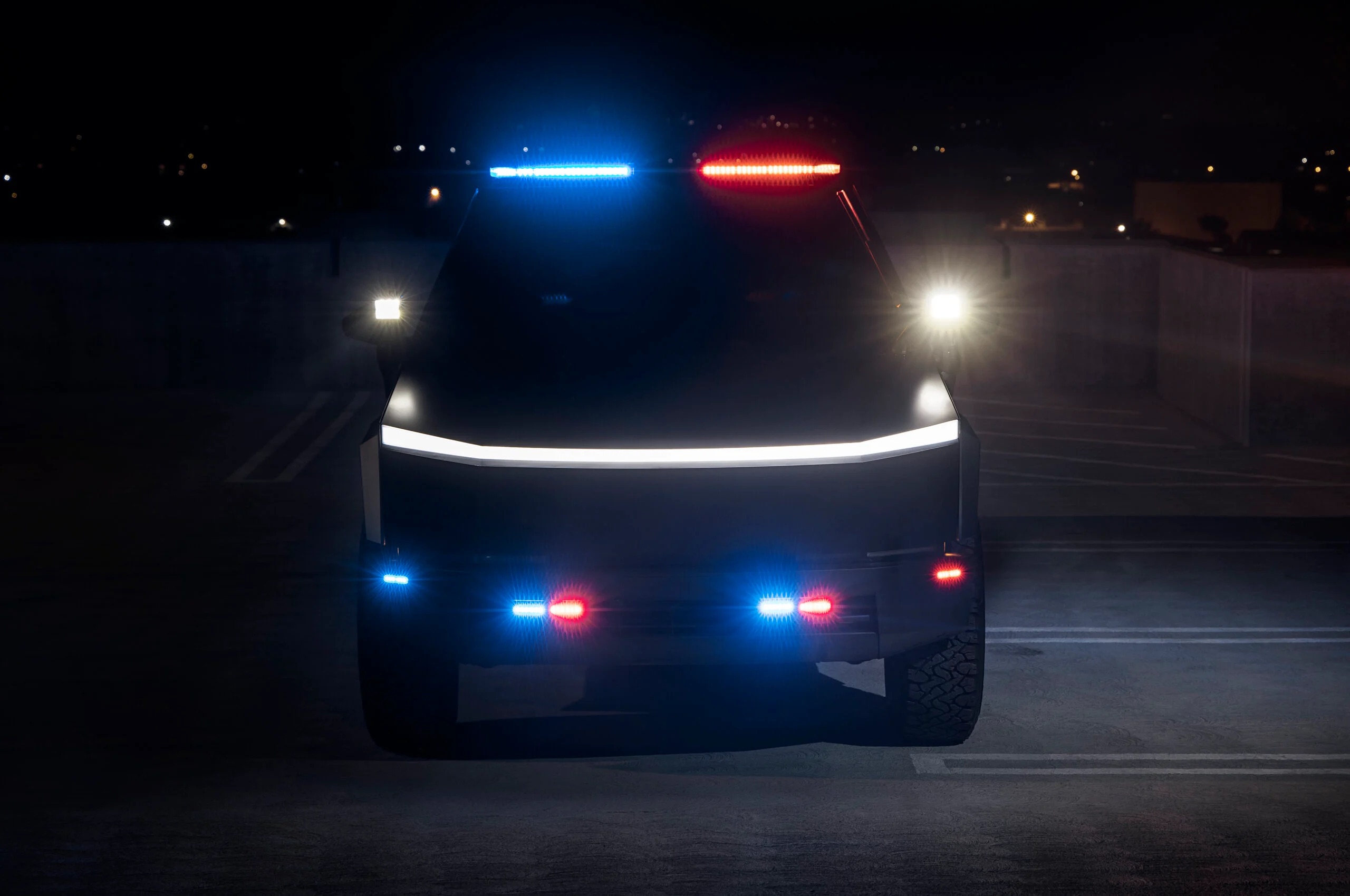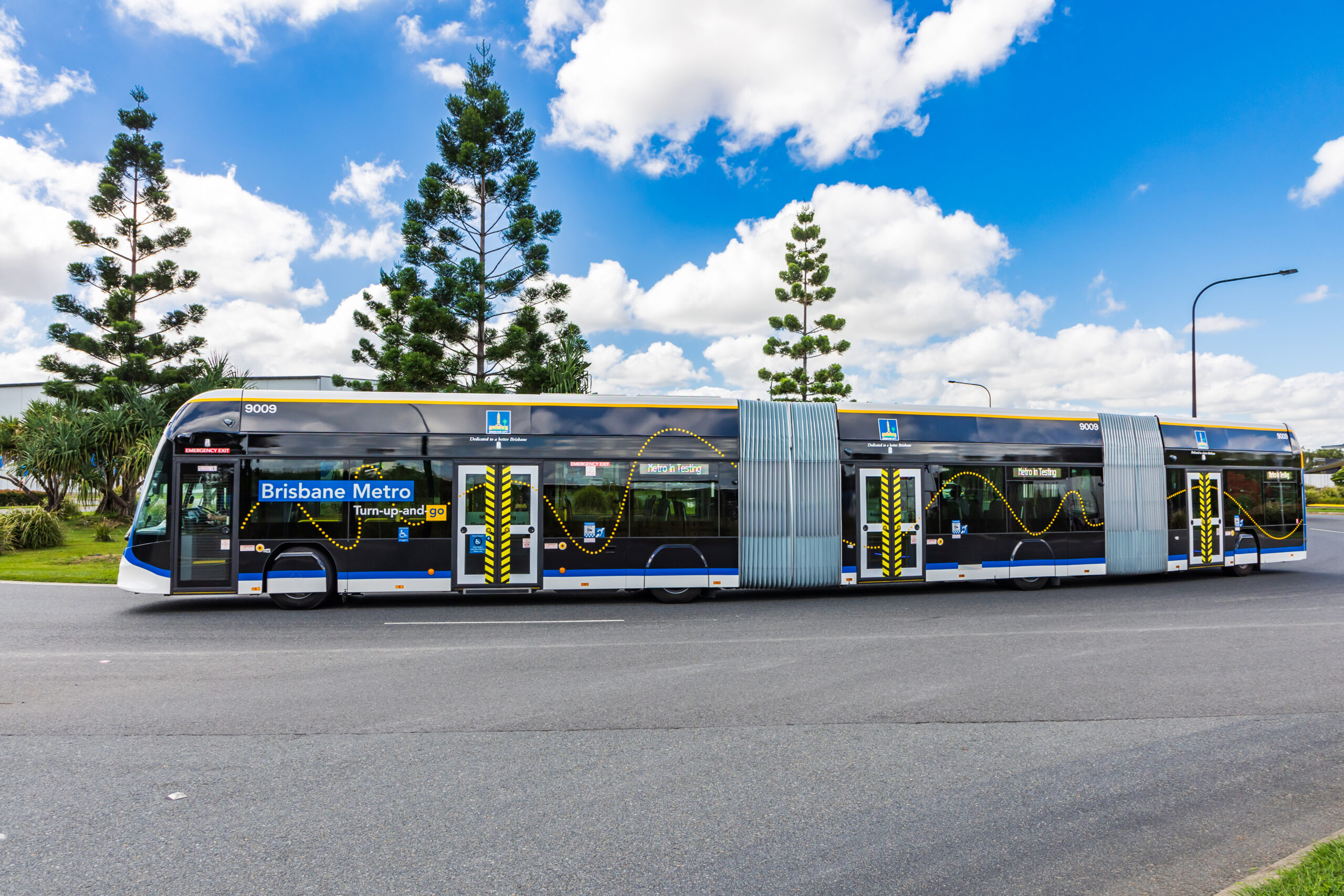Sign up for daily news updates from CleanTechnica on email. Or follow us on Google News!
Last month, news broke of a massive new electric truck charging station in California. What made this station so impressive is the capability of charging 96 electric trucks simultaneously! As we know, electric trucks can require some serious power to charge, so that means the station must have equally impressive access to power. But, the devil is in the details.
The sad fact was that the local power grid simply didn’t have the power for that kind of charging. Electric cars and light trucks? Not really a problem. But, when you get into the level of power needed to charge that many trucks in the same place, you’re talking about another thing entirely.
But, that doesn’t mean it’s impossible. The grid isn’t some aging non-upgradeable thing from the 1970s. Grids are always getting upgraded as population grows and demands for power grow. The problem in this case is the wait time involved. According to the press release, the company would have to wait two years for the local power company to be ready to go.
So, the company chose instead to build a microgrid. They’re going to pull some power from the grid, but generate megawatts of power from hydrogen generators on site, paired with 18 megawatt-hours of battery to provide up to 9 megawatts of charging at peak!
While that’s certainly an impressive setup, we don’t want to see hydrogen become a favored power source for electric truck charging. It’s a good idea in a pinch, like the one they’re in with the local grid. But, eventually, you need to get onto grid power and continue the work of cleaning up the grid so that the trucks can run on truly clean energy. Hydrogen is theoretically clean, but only if it comes from clean sources, which basically means using clean power to separate hydrogen from water. This would add a huge inefficiency to the process, as that power has to come from somewhere.
Instead, it’s likely that the “clean” hydrogen gas will come from natural gas, aka methane. In other words, it’s a great way to launder dirty energy and pass it off as clean energy that’s used to charge the trucks. Really, it would likely be more energy efficient to simply use the methane to directly power the truck charging site until such time as grid power is available.
Why They’re Going To Such Great Lengths To Make It Look Extra Clean
The situation at the Port of Los Angeles is a bit of a vanguard. There’s great pressure to electrify trucking in California, and at the same time the Port of Los Angeles needs a lot of trucks to carry goods from the port to the terminals that take the goods to the rest of the continent. the press release says that as many as 20,000 trucks will need to go electric, so there’s a lot of work to do.
As the rest of the country electrifies, many places capable of charging dozens of electric trucks will be needed. Truck stops, large merchants like Walmart, and perhaps even highway rest areas will need to be able to do this. So, we’re not seeing one special case that’s not going to happen again. We’re seeing something that’s going to happen again and again as the industry shifts toward electric. That’s not going to be easy, and it’s not going to be fast. Sadly, though, many trucks will need it to basically happen all at once to be able to reliably send trucks anywhere like they do today.
Even Tesla hasn’t yet followed through on plans for long-haul electric trucking for their own parts and materials. Funding the company sought from federal authorities wasn’t granted, with some outlets calling the choice of other projects a “snub”. Tesla reportedly still wants to build the charging corridor out with its own money, while the federal government chose a hydrogen fueling project instead.
The point in mentioning this isn’t to bash Tesla or the Biden administration as much as to show how big of a challenge this is. Even Tesla’s nine megawatt charging stations have been a big problem, and we’re going to need thousands of such stations to serve long-haul trucking needs.
Ways We Might Get There
While I was at Kempower last month, I came across another possible solution to the problem: folding some of the truck charging in with charging for electric cars.
When charging systems are flexible enough to accommodate a broad variety of charging levels, it’s possible for a charging site to support charging for multiple electric cars or support brief megawatt charging for one electric truck, or any mix. As I pointed out in another article about this, a modular approach to station construction makes it possible to do this without having to build dedicated megawatt chargers all over the place.
While this won’t work for all trucking needs, it’s going to be common in the future for many places that receive electric trucks to also want to provide charging for customers coming in cars and light trucks. If we split the power and make it accessible to electric trucks to use during unloading and some overnight stays (like you’d see at Walmart, for example), this kind of opportunity charging can give an alternative to dedicated truck charging, at least for that kind of truck.
It might be wise to look for slower charging opportunities for electric trucks, too. Contrary to popular belief, trucks don’t usually run continuously, even on long-haul routes. Something that’s equivalent to Level 2 hotel charging for electric car drivers on road trips could work well for trucks that don’t need to charge in under an hour. With U.S. regulations requiring 10 hours of time in the sleeper, there’s definitely time to charge a battery up without megawatt stalls, at least for the first part of a truck’s route that day. With a megawatt-hour battery, an electric semi-truck would need only 100 kW of power to charge up in ten hours, and that’s less power than most Tesla superchargers.
finally, we need to rethink freight some in the United States. Other easier to electrify things like river and waterway barges, trains, and smaller trucks could all be part of the answer. Local production with additive manufacturing (3D printing) could also lessen the need for freight in some cases.
All in all, innovative solutions could soften the blow of electric trucking.
Featured image by Jennifer Sensiba.
Have a tip for CleanTechnica? Want to advertise? Want to suggest a guest for our CleanTech Talk podcast? Contact us here.
Latest CleanTechnica.TV Videos
CleanTechnica uses affiliate links. See our policy here.






